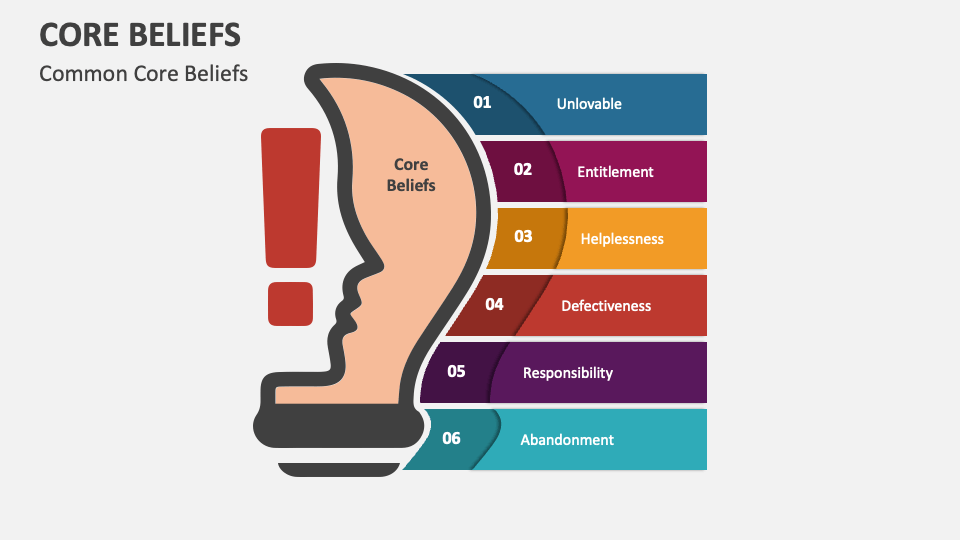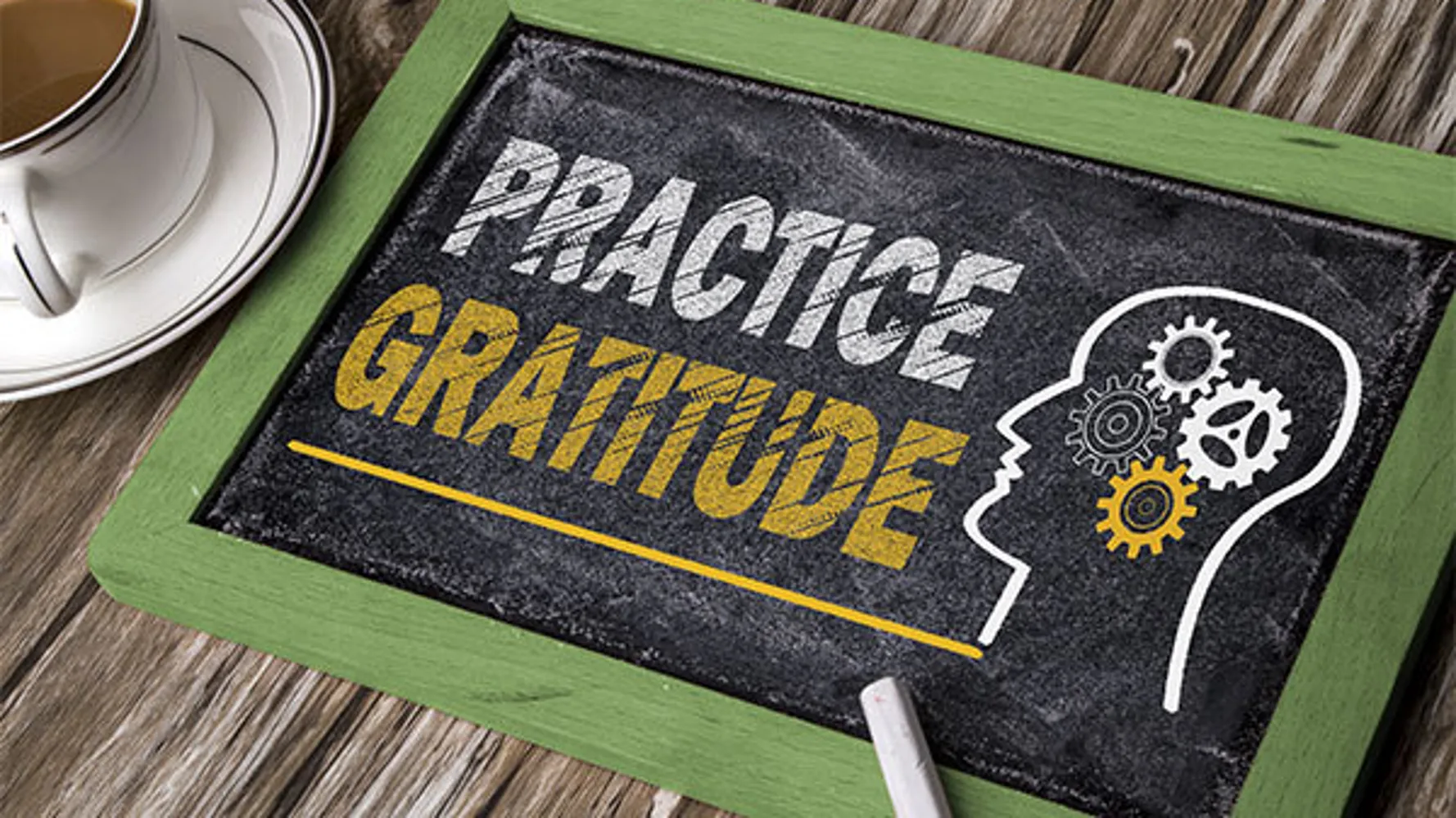CBT Techniques You Can Try Today: A Step-by-Step Self-Help Guide
Life often feels overwhelming. Whether it's stress at work, anxiety about relationships, or persistent negative thoughts, everyone faces emotional struggles at some point. Cognitive Behavioral Therapy, or CBT, is a well-known and widely practiced method of managing these challenges. It's a structured, goal-oriented approach that focuses on identifying and changing unhelpful thought patterns and behaviors. The best part is, you don't always need a therapist to benefit from CBT. With the right techniques and commitment, you can start applying CBT to your daily life right now.
This guide offers a clear and approachable step-by-step explanation of CBT techniques you can try today. It breaks down the concepts into practical actions, so you can start working on your mental well-being without waiting for professional help. With consistent effort, these techniques can help you think more clearly, feel better emotionally, and act in healthier ways.
What is CBT
Cognitive Behavioral Therapy is a form of psychological treatment that focuses on the connections between your thoughts, feelings, and behaviors. Unlike traditional talk therapy, CBT is problem-focused and action-oriented. It helps you recognize negative thought patterns and gives you tools to reframe and replace them with more balanced and helpful thoughts.
CBT is based on the idea that our thoughts influence our emotions and behaviors. For example, if you constantly think you are a failure, you are more likely to feel depressed and less likely to take positive actions. CBT works to interrupt this cycle by helping you question and change those automatic thoughts.
CBT has been proven effective in treating a range of mental health conditions including depression, anxiety, PTSD, OCD, eating disorders, and more. Even for people without a formal diagnosis, CBT can improve self-awareness, emotional regulation, and problem-solving skills.
Why CBT Works

CBT is structured and measurable, which means progress can be tracked and adjusted. This makes it easier for people to stay motivated and see results. It focuses on the here and now, allowing individuals to identify immediate problems and address them head-on.
CBT also empowers individuals. Instead of relying solely on a therapist, people learn skills they can use independently. The techniques can be applied in everyday life, making it easier to manage stress, handle conflict, and deal with difficult emotions.
One of the key reasons CBT works is because it breaks down big, overwhelming problems into smaller, manageable parts. It doesn't ask you to ignore your emotions, but rather helps you understand and respond to them in more effective ways.
The Importance of CBT in Everyday Life
CBT isn’t just for people with mental health diagnoses. Everyone has thoughts and feelings that sometimes get in the way. By using CBT techniques, you can gain control over how you respond to stress, disappointment, and change.
Learning to identify distorted thinking, challenge harmful beliefs, and take positive actions can lead to improved relationships, better decision-making, and a greater sense of well-being. It also builds resilience, helping you bounce back more quickly when life throws you a curveball.
Whether you're dealing with chronic anxiety or just trying to feel more confident in social situations, CBT offers practical tools that can make a real difference.
Step-by-Step CBT Techniques You Can Try Today

Thought Records
A thought record is a simple tool used to capture and analyze negative thoughts. Whenever you feel upset, take a moment to write down the thought that triggered the emotion. Then ask yourself questions like: What evidence supports this thought? What evidence contradicts it? Is there an alternative, more balanced way of thinking about this situation?
Writing things down helps you step back and evaluate your thinking more objectively. Over time, this can help weaken the grip of negative thinking patterns.
Cognitive Restructuring
In addiction treatment in Pennsylvania, cognitive restructuring is a key technique used to help individuals identify and challenge cognitive distortions. These automatic, inaccurate thoughts—like catastrophizing, black-and-white thinking, or personalizing—often worsen emotional struggles during recovery. By addressing these patterns, Pennsylvania treatment programs empower clients to build healthier thought processes alongside their healing journey.
To practice cognitive restructuring, first recognize when you're engaging in distorted thinking. Then challenge the thought by asking if it's realistic or helpful. Finally, replace it with a more rational or compassionate thought.
Behavioral Activation
When you're feeling low, it's natural to withdraw from activities. Unfortunately, this often makes things worse. Behavioral activation encourages you to schedule and engage in activities that bring a sense of accomplishment or pleasure.
Start by identifying simple tasks you enjoy or used to enjoy. Schedule them into your day, even if you don't feel like it. As you complete these tasks, you'll often find your mood starts to improve.
Exposure Therapy
Avoidance is a common response to fear and anxiety. Exposure therapy involves gradually facing the things you fear in a safe and controlled way. Over time, this reduces the fear response.
Start with a list of situations that make you anxious and rate them from least to most distressing. Begin with the least distressing and gradually work your way up. Stay in each situation until your anxiety decreases. This builds confidence and reduces avoidance behaviors.
Mindfulness and Present Moment Awareness

Mindfulness involves focusing your attention on the present moment without judgment. It helps reduce rumination and worry by anchoring your awareness in the here and now.
Try spending a few minutes each day observing your thoughts, bodily sensations, and surroundings. When your mind wanders, gently bring it back. Mindfulness can also be integrated into daily tasks like eating, walking, or even brushing your teeth.
Problem-Solving Skills
Sometimes stress stems from practical problems that seem too complex to solve. CBT teaches a structured approach to problem-solving that can reduce this feeling of overwhelm.
Define the problem clearly. Then brainstorm possible solutions, evaluate the pros and cons of each, choose one to try, and evaluate the result. This methodical approach can help you feel more in control.
Self-Compassion Exercises
Many people are kinder to others than they are to themselves. CBT encourages developing a compassionate inner voice. When you catch yourself being self-critical, ask what you would say to a friend in the same situation.
Replace harsh self-talk with supportive statements. This shift can improve self-esteem and reduce shame or guilt.
Setting SMART Goals

SMART goals are specific, measurable, achievable, relevant, and time-bound. Setting vague goals often leads to frustration, but SMART goals provide clarity and motivation.
For example, instead of saying "I want to be less anxious," a SMART goal would be "I will practice deep breathing for five minutes every morning for the next seven days."
Tracking your progress builds confidence and helps you stay on track.
Activity Scheduling
When you're feeling down, even small tasks can seem daunting. Activity scheduling helps you create a structured plan for your day, giving you a sense of control and purpose.
List the tasks you need or want to do, assign a specific time to each, and follow the schedule as closely as possible. This reduces procrastination and increases your sense of accomplishment.
Graded Exposure to Social Situations
Social anxiety can be debilitating. Graded exposure helps you gradually face social situations that make you nervous.
Start small, like making eye contact with a stranger or asking someone for the time. Gradually move to more challenging tasks, such as initiating conversations or attending group events. With practice, your confidence will grow.
Journaling for Emotional Clarity
Writing about your thoughts and feelings can help you process and understand them better. Journaling provides a safe outlet and helps you identify patterns in your thinking and behavior.
Try journaling at the end of each day. Reflect on what went well, what was difficult, and how you responded. Over time, you'll gain valuable insights into your emotional habits.
Challenging Core Beliefs

Core beliefs are deeply held views about yourself, others, and the world. Negative core beliefs, like "I'm not good enough," can influence your thoughts and behaviors in harmful ways.
To challenge a core belief, first identify it. Then gather evidence that contradicts it. Ask yourself where the belief came from and whether it's still useful. Create a new, healthier belief to replace it.
Relaxation and Breathing Techniques
Stress and anxiety often trigger physical symptoms like shallow breathing or muscle tension. CBT incorporates relaxation techniques to counter these effects.
Practice deep breathing by inhaling slowly through your nose, holding for a few seconds, and exhaling through your mouth. Progressive muscle relaxation, guided imagery, and calming music can also help reduce stress.
Thought-Stopping Techniques
In mental health treatment in Pennsylvania, thought-stopping is a practical tool to break cycles of negative thinking. When you notice an intrusive thought, mentally say 'stop'—a technique often taught in Pennsylvania-based therapy—then shift your focus to neutral or positive stimuli. This simple yet effective strategy is widely used in local treatment programs to help individuals regain control over their mental wellbeing.
This technique trains your brain to interrupt unhelpful thinking patterns.
Affirmations and Positive Self-Talk
Affirmations are short, powerful statements that help you counter negative thinking. They work best when they're realistic and relevant.
Instead of saying "I am perfect," which might feel false, say "I am doing my best, and that is enough." Repeat affirmations daily to reinforce positive beliefs.
Visualizing Success
Visualization is a powerful tool for motivation and confidence. Imagine yourself succeeding at a task, handling a difficult situation calmly, or feeling proud of yourself.
The brain often responds to imagined experiences similarly to real ones. Visualization helps prepare your mind and body for success.
Practicing Gratitude

Gratitude shifts your focus from what's lacking to what's already good. It helps counteract negativity and build emotional resilience.
Each day, write down three things you're grateful for. They can be small, like a warm cup of tea, or big, like supportive friends. This practice improves mood and perspective.
Benefits of Practicing CBT Techniques
CBT empowers you to manage your own mental health. As you learn and apply these techniques, you'll notice greater emotional awareness and control. You'll start to recognize unhelpful patterns and change them before they take over.
You’ll also experience more balanced thinking, improved relationships, reduced anxiety, and increased confidence. These skills are lifelong tools that support your well-being long after the initial challenges pass.
CBT encourages consistency and reflection. The more you practice, the more natural it becomes to respond to life’s challenges with calm, rational, and constructive actions.
Conclusion
Cognitive Behavioral Therapy offers a wide range of practical tools you can begin using today. From managing anxious thoughts to setting clear goals, the techniques in this guide provide a solid foundation for self-help and personal growth. You don't need to wait for the perfect moment or a formal diagnosis to start improving your mental health. Every step you take counts, and with persistence, you’ll build a healthier, more resilient mind one thought at a time.



